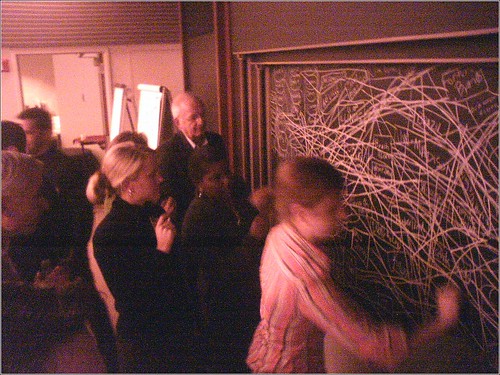Some news, hot off the presses on the Haystack front. Two big new capabilities to note this week: Multiple Haystack Support and RSS Feed Integration. Here’s the skinny.
Multiple Haystack Support
We’ve implemented capabilities that allow a single individual (or, more correctly, a single digital identity as represented by an email address) to belong to multiple Haystacks. This is a big one. We realized early on that we are all members of multiple groups, and various aspects of “who we are” are relevant only in context. More importantly, when an organization is setting up a Haystack, that organization may only want certain traits to appear.
For example, profiles that are in a Haystack that’s set up for a local bookstore might include favorite authors, whereas a Haystack for a medical office would likely want to have a tag category set up for specialty of practice for each doctor in the practice. Since a single individual might belong to both of these Haystacks (let’s say the doctor volunteers at the bookstore on weekends), the profile the doctor needs to put in the Haystack for her medical office is going to be quite different than the one she puts in the one for the bookstore. This new capability easily allows this, and allows different Haystacks to easily capture different “facets” of a personality.
Here’s an example of an individual who belongs two Haystacks, one for the BrainJams unconferences, and one for the recently-concluded MeshForum.
RSS Feed Integration
One capabilty that Stowe Boyd has noted is missing in other enterprise social networking systems is the ability to integrate “live web” aspects into a profile; a profile is typically a “static” construct. (I agree, this is critically important. Since “who we are” will be increasingly defined by the digital artifacts we produce, integrating feeds into your digital identity is a critical capability to have.) Stowe notes that he sees a need for:
“…importing RSS feeds of outside information into the profile (I’d like to link my blog, for example)”
Stowe, ask and ye shall recieve. (Check danah’s profile in the Speaker’s Haystack for an example.) Haystack profiles have the ability to pull in an RSS 2.0 feed, and the feed parser is even all AJAX-ified and stuff, so that a customer or prospective business contact can view your tags and the rest of your profile while the system goes out and grabs the most recent headlines from your feed.
Next?
Recent related items:
Podcast: Customer Relationships, Communications and Enterprise Social Networking
Haystack Updates – April 26, 2006

